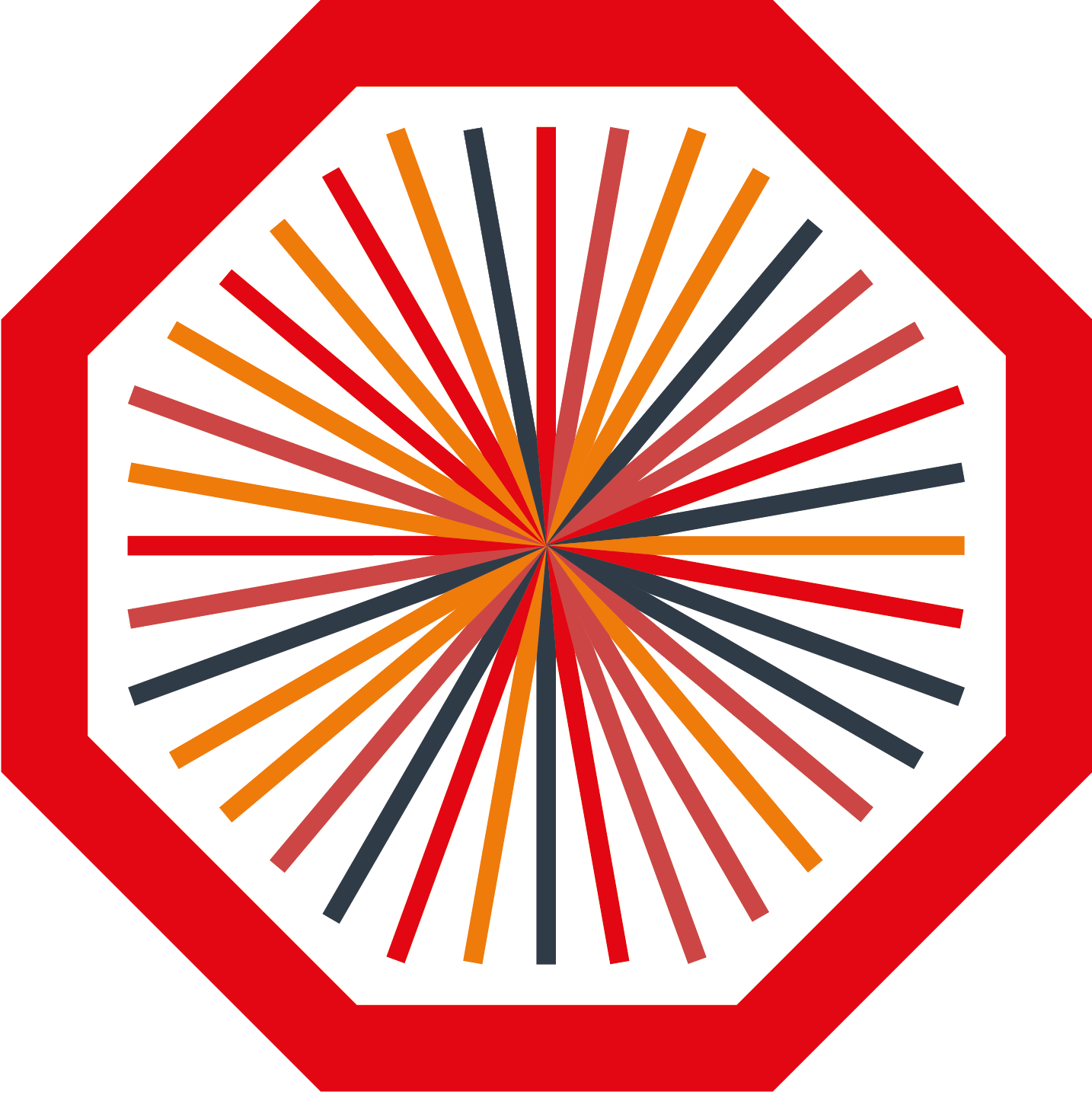While the Standard Model provides a satisfactory description of the strong interaction at the quark level in the high-energy regime, low-energy processes governing interactions among hadronic degrees of freedom remain without a fundamental theoretical framework. Traditionally, hadron-hadron interactions have been studied through scattering experiments. However, such experiments are severely limited by the need for a dedicated particle beam of interest when more exotic particles are conidered. Even for p-Λ system, scattering data lacks statistical precision.
Fortunately, in proton-proton collisions at the LHC, hadrons are produced at small relative distances of around 1 fm, creating an ideal environment to study the residual short-range strong interaction between them. Over the past decade, the femtoscopy method has been successfully applied to measure relative momentum correlations between different hadron pairs produced in these collisions, providing constraints on the final-state interaction between them.
At CERN’s CF group, we measure these correlation functions to investigate the residual strong interaction in particle pairs including exotic hadrons that cannot be accessed through traditional scattering experiments. Moreover, three-hadron femtoscopic correlations are being measured, providing the first-ever experimental data on free three-hadron 3→3 scattering processes. This opens a completely new avenue for studying the three-body problem in nuclear physics.
